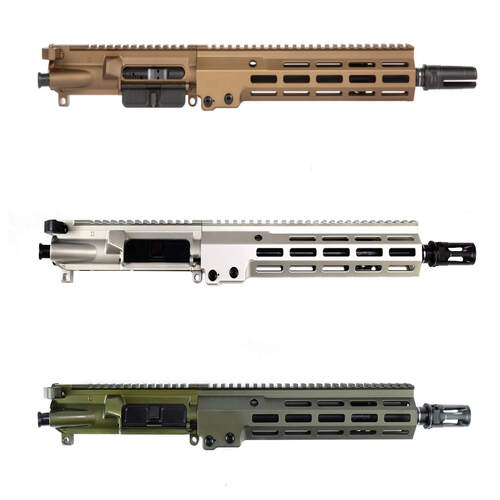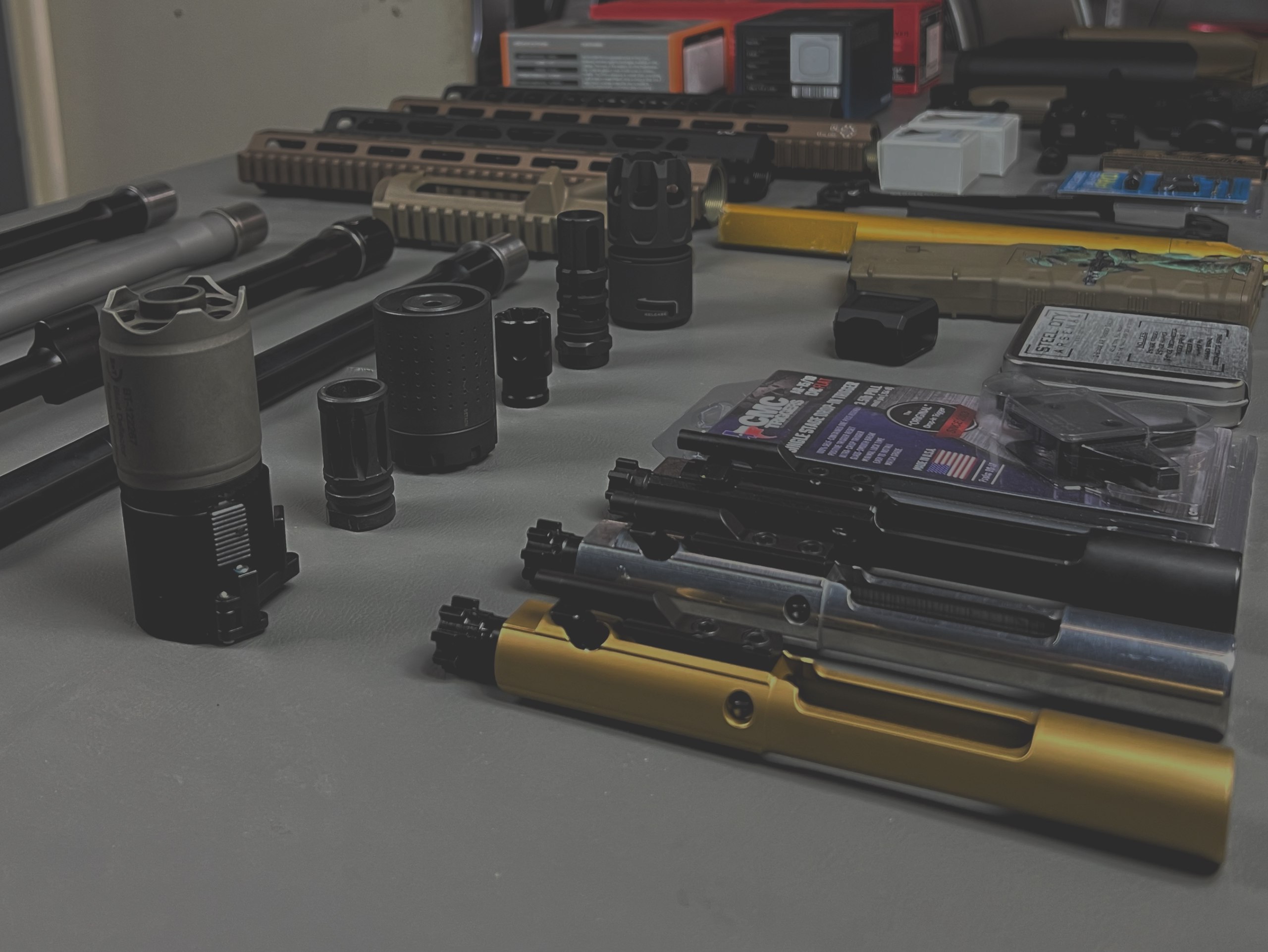When it comes to knife skills, whether for self-defense, outdoor activities, or everyday tasks, knowing how to choose the right tactical knife and master essential techniques is crucial. In this guide, we’ll delve into the world of knives, helping you make an informed choice and teaching you some fundamental knife techniques.
Choosing the Right Tactical Knife
Selecting the perfect tactical knife begins with understanding your needs and preferences. Here are some key factors to consider:
- Blade Type: Tactical knives come in various blade types such as tanto, drop point, and clip point. Each has its advantages, so choose one that suits your intended use.
- Blade Material: Quality steel is essential for durability and sharpness retention. Stainless steel, carbon steel, and high-carbon stainless steel are popular choices.
- Handle Material: Comfortable grip is essential. Look for materials like G-10, Micarta, or textured rubber for a secure hold.
- Size: Consider the blade length and overall size. Smaller knives are more portable, while larger ones offer versatility.
- Locking Mechanism: Ensure the knife has a reliable locking mechanism for safety during use.
- Carry Options: Think about how you’ll carry the knife. Options include pocket clips, belt sheaths, and neck lanyards.
- Legal Considerations: Be aware of local knife laws and restrictions before purchasing a tactical knife.
Mastering Knife Techniques
Once you have the right knife, it’s time to learn essential knife techniques:
- Grip: Practice a secure and comfortable grip, like the hammer grip or the saber grip, depending on the task.
- Slicing: For precise cuts, use a slicing motion, keeping the blade edge in contact with the cutting surface.
- Chopping: Use the rocking motion for chopping, with the knife tip touching the cutting board for stability.
- Folding Techniques: Learn how to safely open and close folding knives with one hand.
- Knife Safety: Always maintain awareness of your surroundings, keeping the blade away from your body and others.
- Maintenance: Regularly sharpen and clean your knife to ensure its longevity and performance.
- Self-Defense Techniques: If you’re using a tactical knife for self-defense, consider taking self-defense classes to learn effective techniques for protection.
Mastering knife skills involves choosing the right tactical knife and honing your techniques. Whether you’re an outdoor enthusiast, a chef, or someone interested in self-defense, these skills are invaluable. Remember, safety and responsibility should always be your top priorities when handling any knife. With the right knowledge and practice, you’ll be well on your way to becoming a knife expert.




